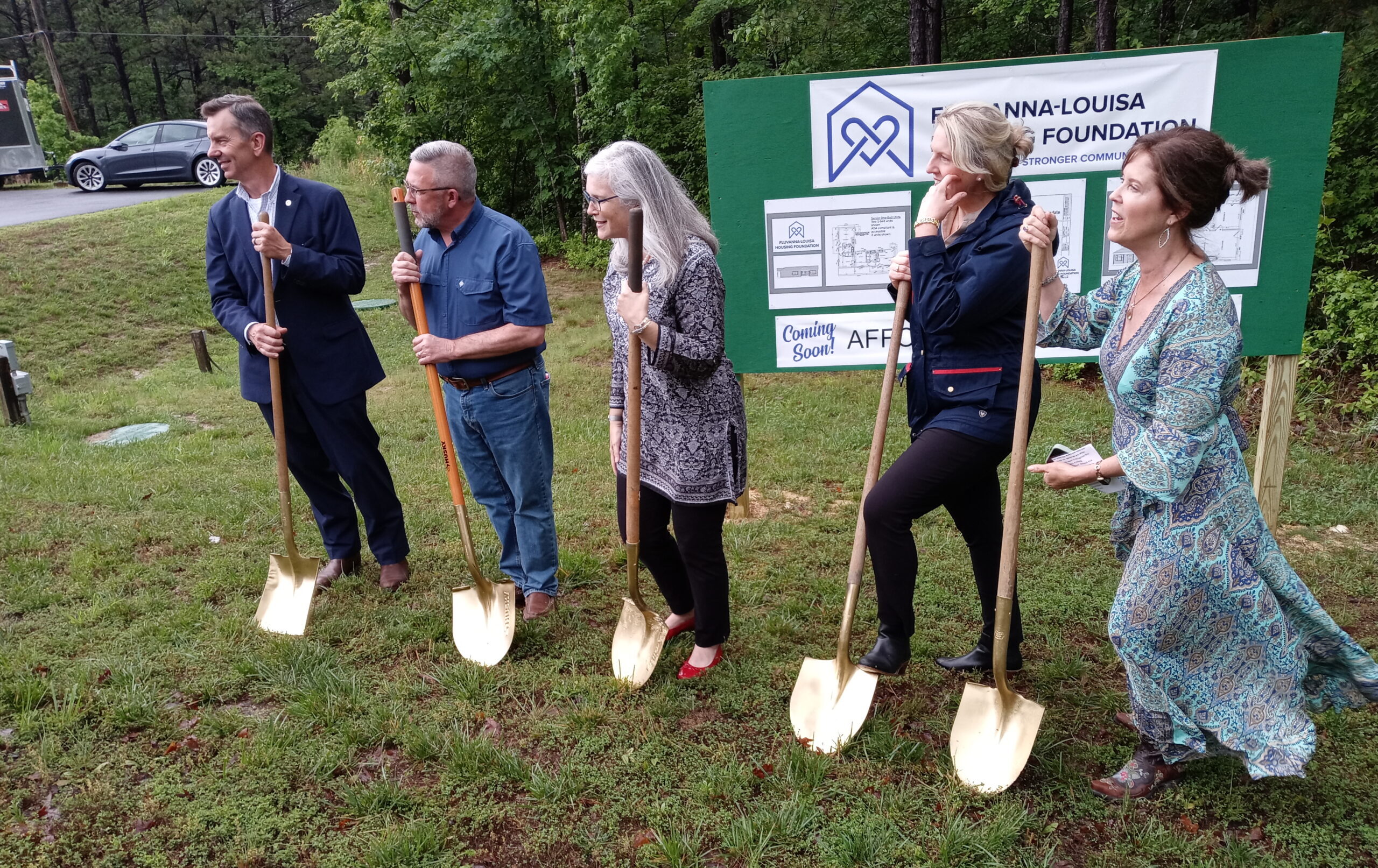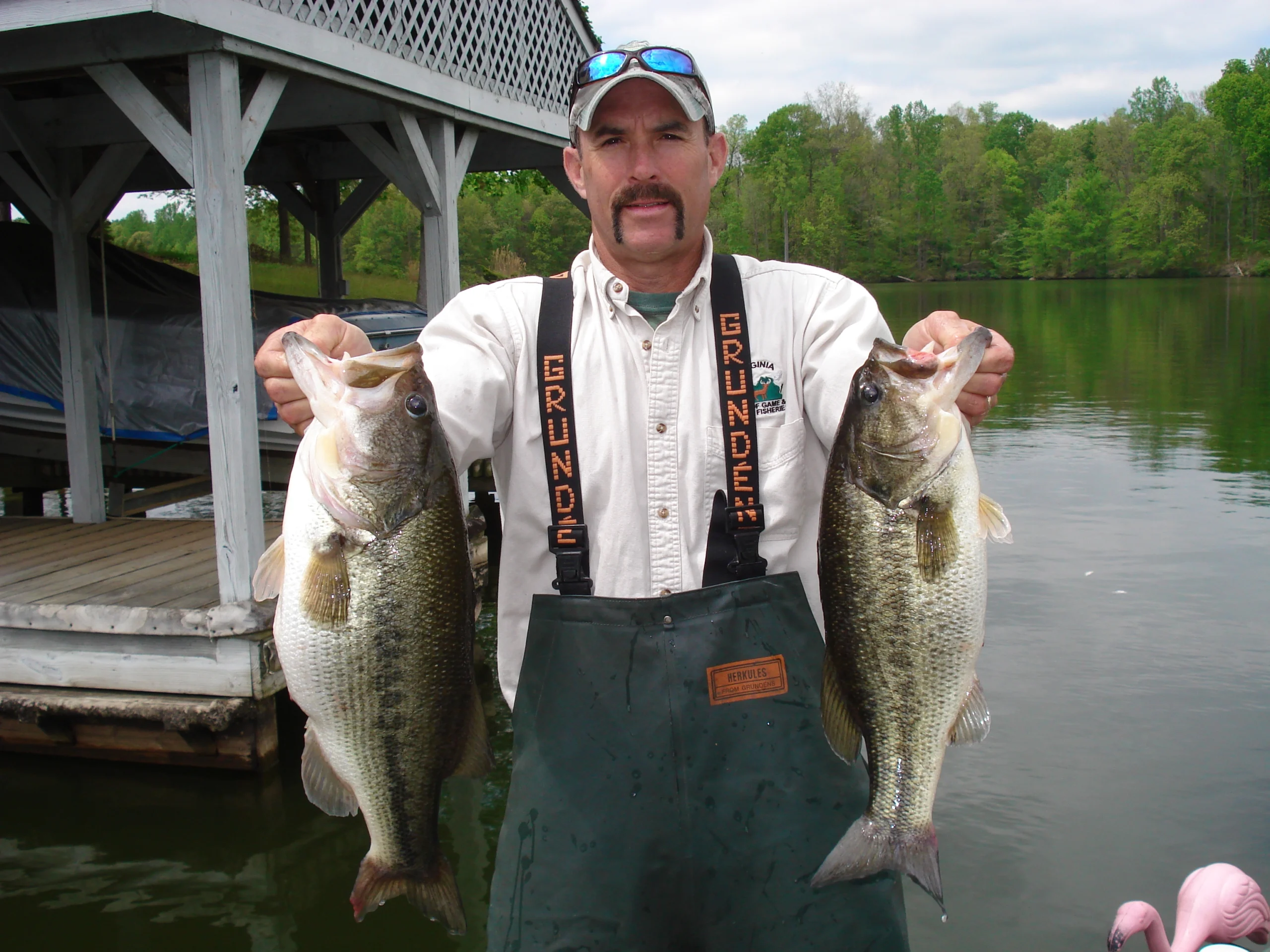
In a series of samples taken by the Virginia Department of Wildlife Resources (DWR), John Odenkirk is in awe of the “best bass sample I’ve ever seen”, marking what he calls the “Golden Age” of Lake Anna fisheries.
“It can’t get any better,” Odenkirk says right before he notes, “but then it gets better.”
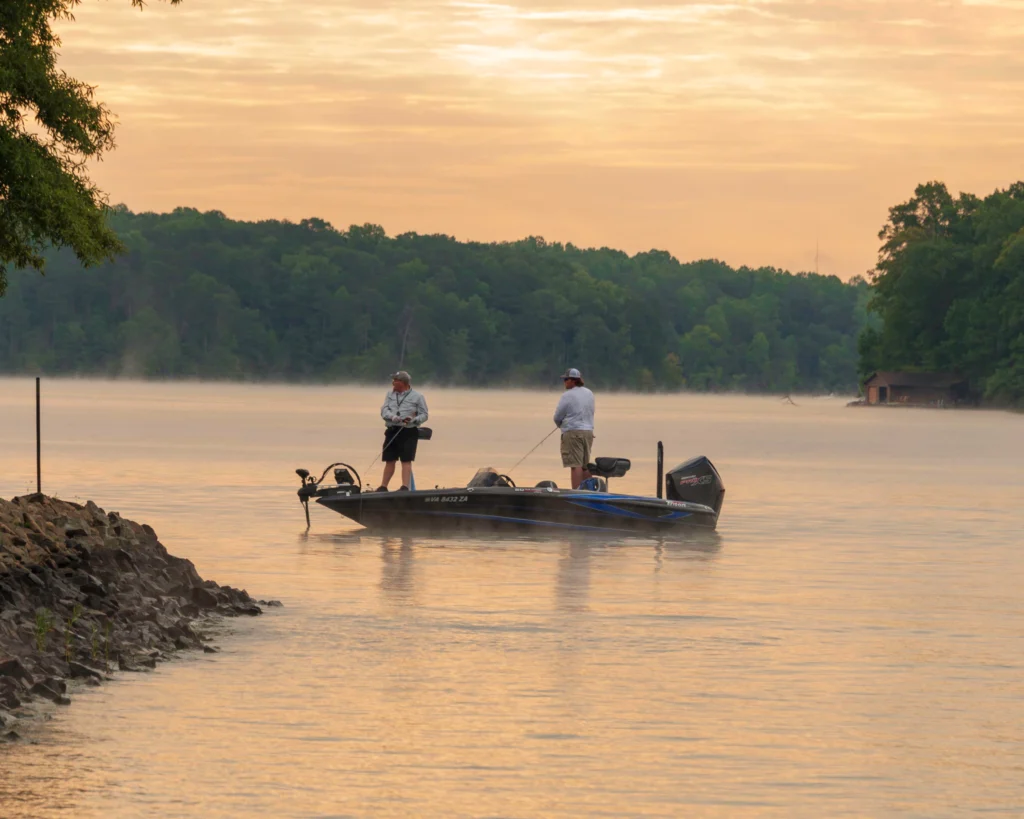

Odenkirk has taken samples from Lake Anna for 30 years. Together with his colleague Mike Isel, they manage a 12-county district that includes all public waters in Northern Virginia stretching as far south as Lake Anna, covering major water bodies like the Rappahannock and Potomac Rivers. Their work is focused on evaluating the health of fish populations, a task that involves prioritizing surveys to assess species abundance and size structure.
They don’t survey every body of water each year, but Lake Anna is surveyed twice a year, allowing the team to track trends and make data-driven decisions about fishery management.
With the lake’s largemouth bass population reaching unprecedented levels of quality and quantity, Odenkirk has marked three out of the last four years with record numbers of high-quality bass. Lake Anna has continued to defy expectations since its creation in 1972.
Despite being over 50 years old—a time when many similar reservoirs might show signs of decline—Lake Anna’s fish populations, particularly striped bass, continue to thrive. Odenkirk notes that in order to thrive fish need a balance of aquatic vegetation. “It’s a tightrope,” he explains. “We need enough vegetation to make aquatic life healthy, but not too much so that you can’t get your boat out of the dock.”
Not only are the fish surveyed twice a year, once in the spring and once in the fall, but striped bass and hybrid striped bass are also restocked each year. The DWR stocks 20 fish per acre on the public side, which is roughly 9,600 acres in total. Half of the fish stocked are pure stripers, and the other half are F1 hybrids. To put that in perspective, that’s just under 200,000 young predators—many of which will be caught and released and will reach a healthy size.
In addition to largemouth and striped bass, Lake Anna supports a variety of other species, including black crappie, catfish, and three different species of shad, making it a “fish factory” as Odenkirk describes. Most fish in Lake Anna are self-sustaining, meaning they do not require annual stocking to maintain their populations. However, some species, like striped bass, are not native to the lake and need ongoing stocking due to the lake’s habitat including warm temperatures, which are gradually increasing.
The lake also supports an experimental stocking program for F1 hybrid largemouth bass—a first-generation cross between pure Florida strain and northern strain bass. These hybrids are known for their potential to grow larger and faster, sparking excitement among anglers who have noticed a trend towards bigger fish in recent years.
Another notable aspect of Lake Anna’s fishery is the presence of snakeheads, an invasive species that, while concerning to some, has not yet had a measurable negative impact on the lake’s ecosystem. In fact, many anglers appreciate snakeheads for their hard fight and good taste, with catch-and-release practices becoming more common even for this non-native species.
The biologists’ work is not only about conserving natural resources but also ensuring that fishing remains a rewarding experience for anglers, who, as Odenkirk puts it, “are paying my salary.” Their ongoing efforts include extensive surveys, stocking programs, and monitoring of fish health, all aimed at maintaining Lake Anna’s status as a premier fishing destination in Virginia.
As the fish get “Bigger and Better’, Lake Anna will continue to be one of Virginias premier destinations for fishing tournaments and local charters.

Hi! I’m Jennifer Bailey and I partner with entrepreneurs who have massive ideas that could change the world. Most marketing is meaningless. Filled with empty promises, its only job is to bring in new traffic, new leads, and new customers. But I’ve drawn a line in the sand, and I’ve learned that marketing can do so much more than reach business goals and build profit. My methods give businesses the fire and soul they need to reach the right people, set the groundwork for sustainable relationships, and offer true value to the people on both the giving and receiving ends of marketing.
Subscribe for Updates
Sponsors
latest articles
Why Lake Anna Sunsets Are Ideal for Wedding Photography
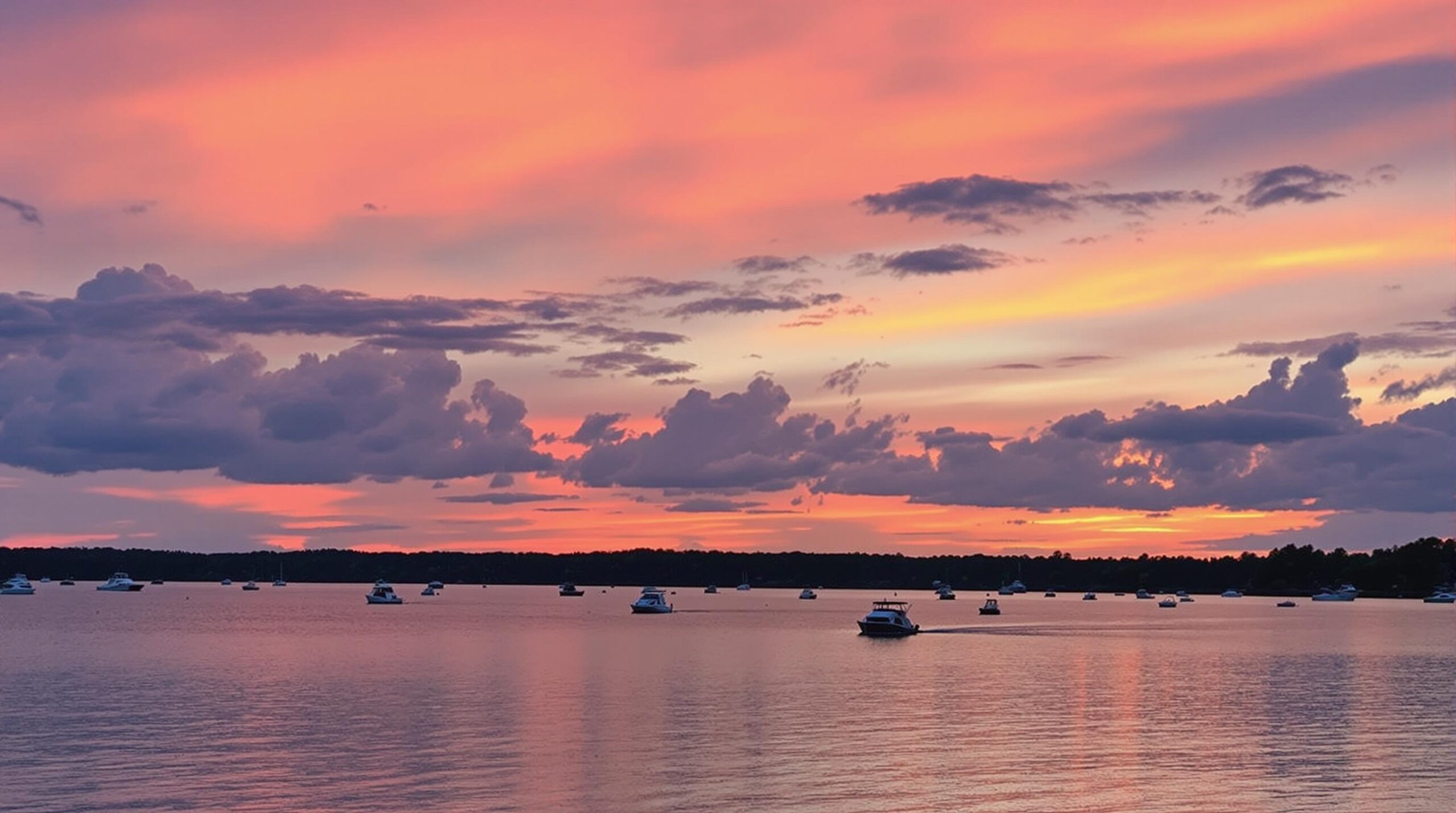
Crafting the Ultimate Lakeside Wedding: A Dream Timeline for Your Lake Anna Celebration

Unique Outdoor Photo Opportunities Around Lake Anna
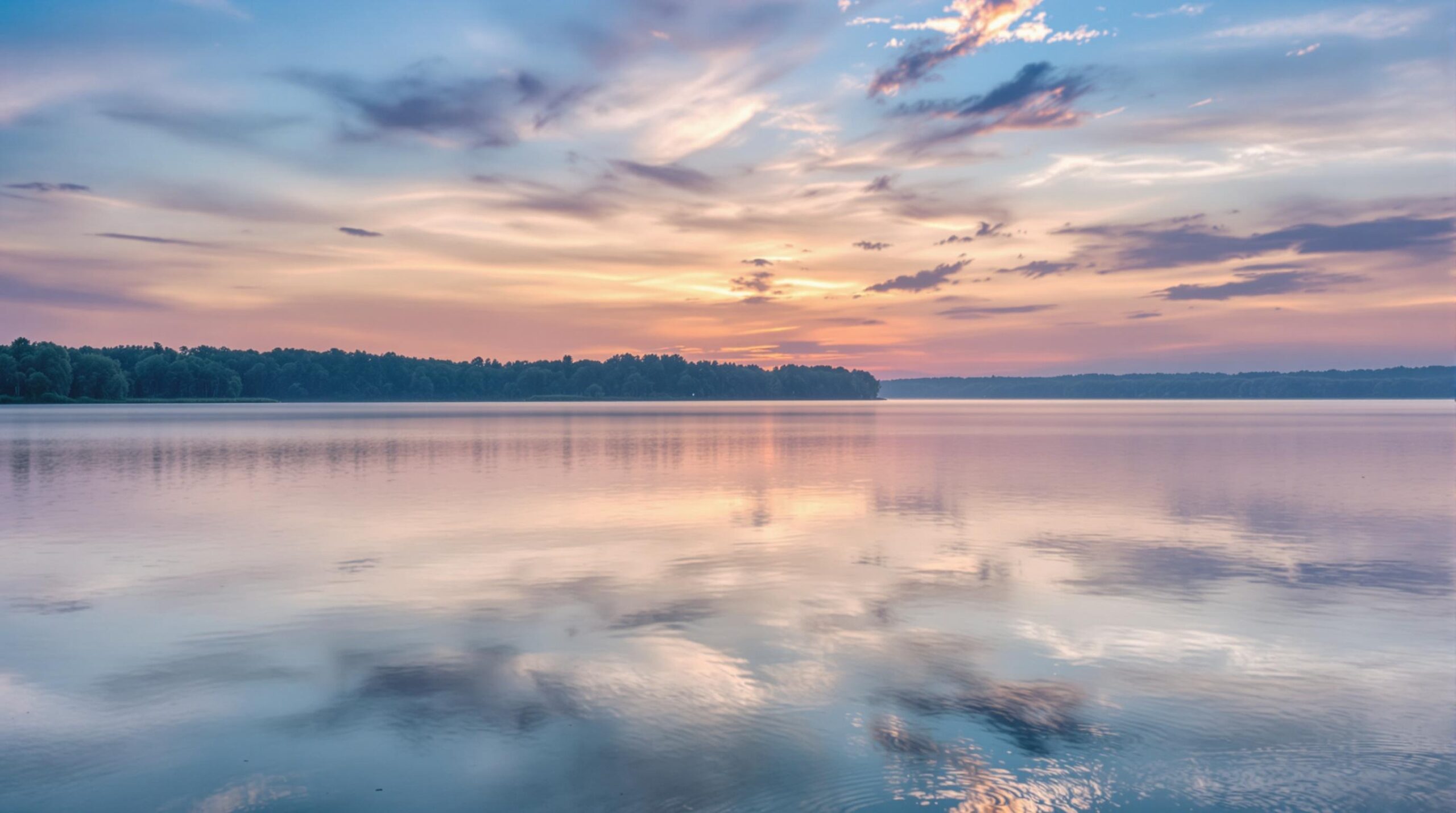
Waterproofing Your Outdoor Wedding Setup: Lake Anna Edition

Best Types of Photo Locations for a Lake Anna Wedding
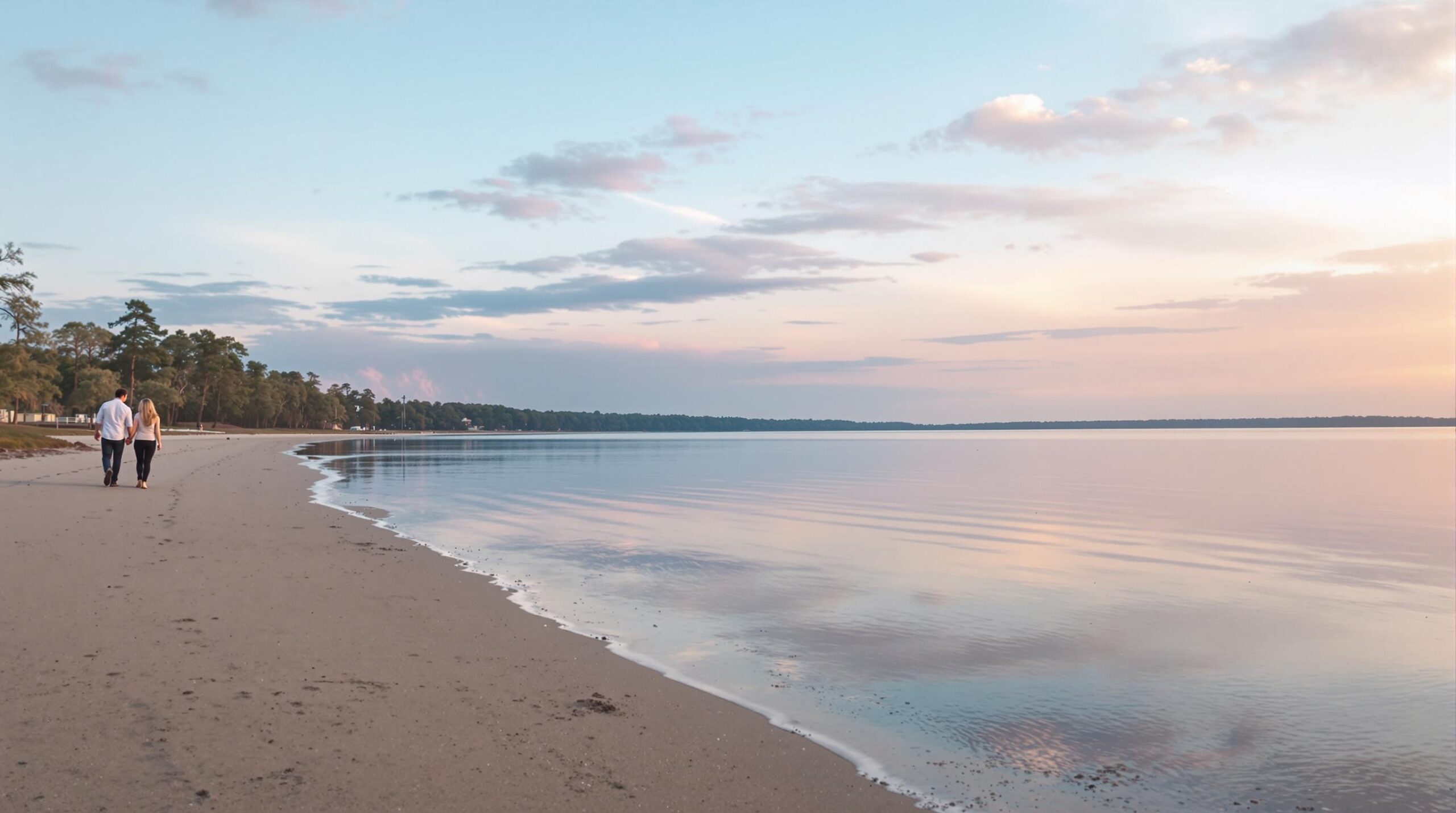
Creating the Perfect Welcome for Your Lake Anna Wedding Guests: A Heartfelt Journey

In a series of samples taken by the Virginia Department of Wildlife Resources (DWR), John Odenkirk is in awe of the “best bass sample I’ve ever seen”, marking what he calls the “Golden Age” of Lake Anna fisheries.
“It can’t get any better,” Odenkirk says right before he notes, “but then it gets better.”


Odenkirk has taken samples from Lake Anna for 30 years. Together with his colleague Mike Isel, they manage a 12-county district that includes all public waters in Northern Virginia stretching as far south as Lake Anna, covering major water bodies like the Rappahannock and Potomac Rivers. Their work is focused on evaluating the health of fish populations, a task that involves prioritizing surveys to assess species abundance and size structure.
They don’t survey every body of water each year, but Lake Anna is surveyed twice a year, allowing the team to track trends and make data-driven decisions about fishery management.
With the lake’s largemouth bass population reaching unprecedented levels of quality and quantity, Odenkirk has marked three out of the last four years with record numbers of high-quality bass. Lake Anna has continued to defy expectations since its creation in 1972.
Despite being over 50 years old—a time when many similar reservoirs might show signs of decline—Lake Anna’s fish populations, particularly striped bass, continue to thrive. Odenkirk notes that in order to thrive fish need a balance of aquatic vegetation. “It’s a tightrope,” he explains. “We need enough vegetation to make aquatic life healthy, but not too much so that you can’t get your boat out of the dock.”
Not only are the fish surveyed twice a year, once in the spring and once in the fall, but striped bass and hybrid striped bass are also restocked each year. The DWR stocks 20 fish per acre on the public side, which is roughly 9,600 acres in total. Half of the fish stocked are pure stripers, and the other half are F1 hybrids. To put that in perspective, that’s just under 200,000 young predators—many of which will be caught and released and will reach a healthy size.
In addition to largemouth and striped bass, Lake Anna supports a variety of other species, including black crappie, catfish, and three different species of shad, making it a “fish factory” as Odenkirk describes. Most fish in Lake Anna are self-sustaining, meaning they do not require annual stocking to maintain their populations. However, some species, like striped bass, are not native to the lake and need ongoing stocking due to the lake’s habitat including warm temperatures, which are gradually increasing.
The lake also supports an experimental stocking program for F1 hybrid largemouth bass—a first-generation cross between pure Florida strain and northern strain bass. These hybrids are known for their potential to grow larger and faster, sparking excitement among anglers who have noticed a trend towards bigger fish in recent years.
Another notable aspect of Lake Anna’s fishery is the presence of snakeheads, an invasive species that, while concerning to some, has not yet had a measurable negative impact on the lake’s ecosystem. In fact, many anglers appreciate snakeheads for their hard fight and good taste, with catch-and-release practices becoming more common even for this non-native species.
The biologists’ work is not only about conserving natural resources but also ensuring that fishing remains a rewarding experience for anglers, who, as Odenkirk puts it, “are paying my salary.” Their ongoing efforts include extensive surveys, stocking programs, and monitoring of fish health, all aimed at maintaining Lake Anna’s status as a premier fishing destination in Virginia.
As the fish get “Bigger and Better’, Lake Anna will continue to be one of Virginias premier destinations for fishing tournaments and local charters.

Hi! I’m Jennifer Bailey and I partner with entrepreneurs who have massive ideas that could change the world. Most marketing is meaningless. Filled with empty promises, its only job is to bring in new traffic, new leads, and new customers. But I’ve drawn a line in the sand, and I’ve learned that marketing can do so much more than reach business goals and build profit. My methods give businesses the fire and soul they need to reach the right people, set the groundwork for sustainable relationships, and offer true value to the people on both the giving and receiving ends of marketing.
Subscribe for Updates
Sponsors
latest articles
Why Lake Anna Sunsets Are Ideal for Wedding Photography

Crafting the Ultimate Lakeside Wedding: A Dream Timeline for Your Lake Anna Celebration

Unique Outdoor Photo Opportunities Around Lake Anna

Waterproofing Your Outdoor Wedding Setup: Lake Anna Edition

Best Types of Photo Locations for a Lake Anna Wedding

Creating the Perfect Welcome for Your Lake Anna Wedding Guests: A Heartfelt Journey

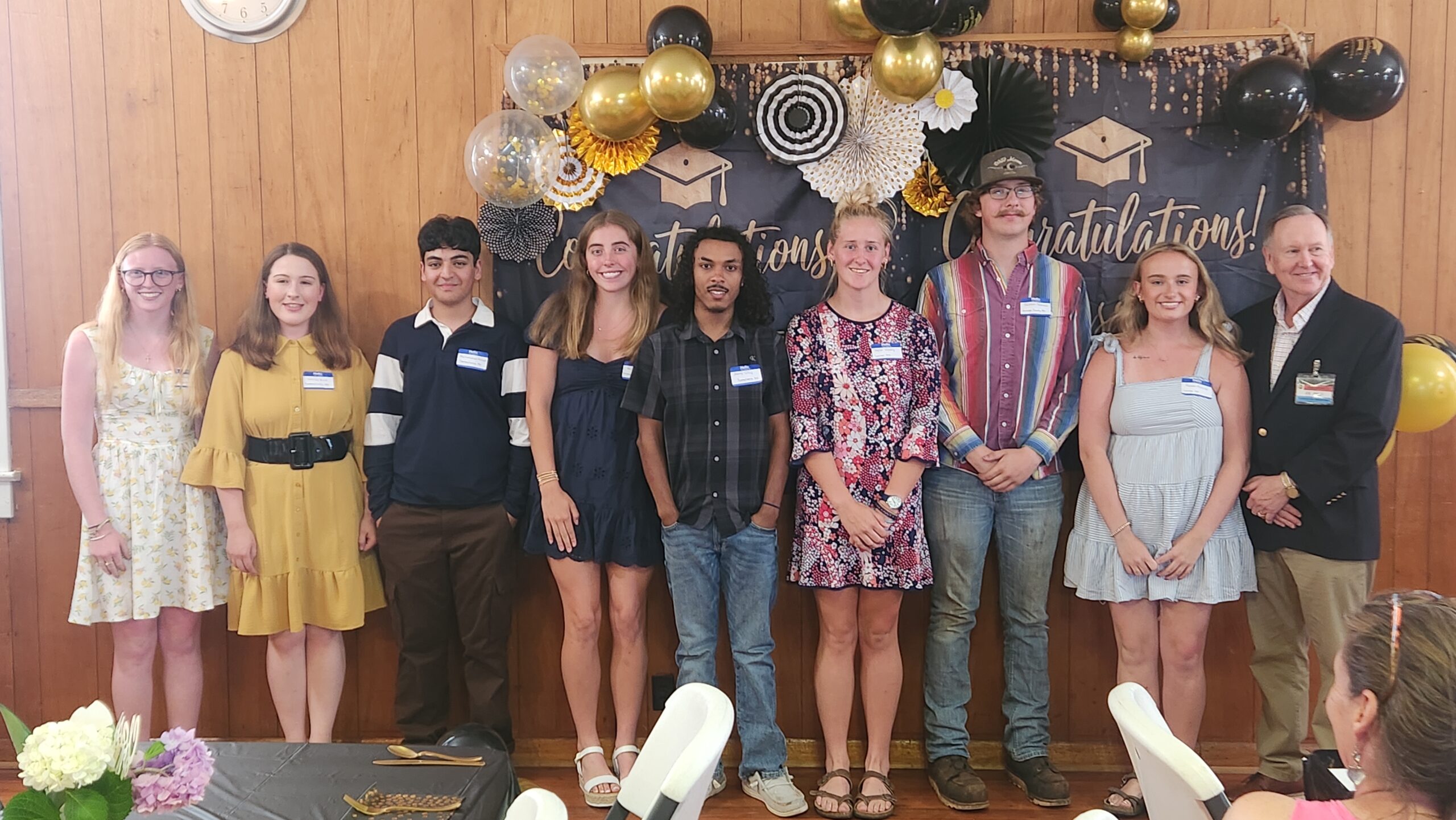
Belmont Ruritan Clubs Award $26,000 in Scholarships to Local Seniors
Article By Jen Bailey

Exclusive Golf Excursions for Cutalong Members
Article By Jen Bailey
